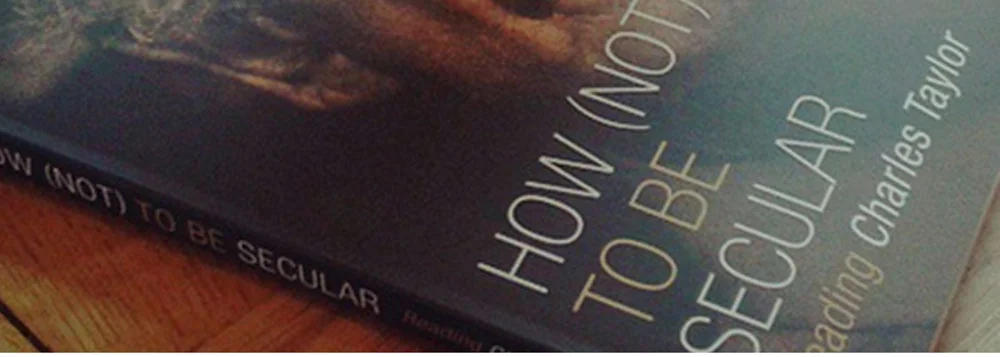How not to be Secular — Book Review
Summary
In How (Not) to be Secular James K.A. Smith boils down the intimidating A Secular Age by Charles Taylor to its essentials. Smith traces the outlines of A Secular Age helping us to grasp what it feels like to live in the present moment. First, he follows Taylor in recounting the story of our secular age by asking the question how did we go from a place in 1500 AD where it was impossible not to believe in God to the present where many find it quite difficult to believe that God exists? The way the story is normally told goes something like this: With the invention of science more and more things that used to be attributed to God turn out to have natural explanations, so over the course of time society has come to accept that we dont really need God as gaps in our knowledge disappear, and if we dont need him, then we can comfortably live without him. Smith, quoting Taylor, calls these subtraction stories, where God is slowly removed from the public and even private consciousness because now we know better. But this is only the story told looking back with a certain slant. The real story of how God disappeared is actually far more complicated, far more interesting, and contains a lot more twists and turns with unforeseen consequences than those who tell subtraction stories like to admit. In short, subtraction stories weren't inevitable and things could have turned out differently.
Having laid out the thumbnail sketch of how we got to now, Smith, again translating Taylor, tries to show us what a secular age feels like. One important concept that he explains is what Taylor calls the immanent frame. Up until a few hundred years ago humans lived in a world which they would have considered much more open to supernatural influence. God, gods, demons, spirits, magic, and so on were forces that could influence peoples lives. The middle ages brought with it a whole host of reform movements that wanted to weed out the superstition from what they would consider to be good theology. So, magic and the like needed to go, but the unintended consequence is that eventually God got put outside the world as well. Instead of transcendence, where our world, however mysteriously, is somehow hooked up to the world of the divine, our world is now a self-sufficient machine closed off from anything else. The world becomes flat, so to speak, because we have quit thinking and focusing on what is above and beyond it in the spiritual sense. Atheist and believer alike both now inhabit this immanent frame because we all imagine the world basically existing the same way. The difference is whether our frame is a box with a lid or a skylight. Atheists see no possibility for a God to break through, while believers are open to something above.
The fact that we all now live in the immanent frame leads to the last point, which is the true environment of a secular age, and that is the feeling of being cross-pressured. This means that on one side you have some committed atheists who staunchly deny the existence of God. On the other side, there are some believers who can't comprehend someone not believing in God. However, the vast majority are cross-pressured. They are believers who doubt, and non-believers who are occasionally tempted by faith. If were honest, this is where most of us live. In a secular age the options for how to deal with being cross-pressured are legion. Those telling subtraction stories would have us believe that it is all believers becoming atheists, but the reality is that atheists are pulled too. They doubt their doubt and end up believing.
Our secular age is complex, and the subtraction stories fail to account for how we got here and what it is actually like to live in the present.
Take Away
How (Not) to be Secular functions like a Cliffs Notes of A Secular Age. Smith compresses, explains, and ultimately helps make Taylors thought more accessible. Before reading How (Not) to be Secular I started A Secular Age but lost steam and gave up. Its easy to get lost in the vast forest of historical details and technical jargon of A Secular Age, but How (Not) to be Secular is like having a guide take you through that forest and out the other side, pointing out interesting plants and geological features along the way. I would absolutely recommend How (Not) to be Secular, whether you ever plan on reading Taylor or not. It is still technical at points, but I think it is a must read for thinking Christians and Christian leaders. You wont find a more comprehensive explanation of what it means to live in a secular age than Taylor and you couldn't get a better guide to Taylor than James K. A. Smith.
Check it out.


